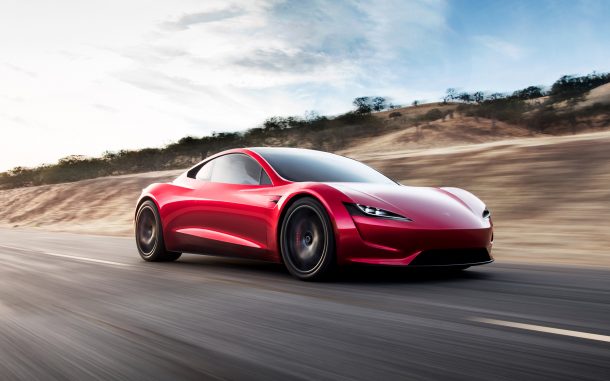Tesla Self-Driving and Unintended Acceleration Not The Same Says NHTSA
Tesla vehicles that drive themselves and those that continue unintentionally are not the same, according to the National Highway Traffic Safety Administration (NHTSA).
In a ruling sure to satisfy Teslaphiles and Muskovites, the NHTSA’s Office of Defects Investigation (ODI) concluded today that after reviewing the data, ODI has no evidence that supports opening a defect investigation into sudden unintended acceleration (SUA) in Teslas. In every instance in which data was available for review by ODI, the evidence shows that crashes in the complaints have been caused by pedal misapplication. There is no evidence of any fault in the accelerator pedal assemblies, motor control systems, or brake systems that has contributed to any of the incidents. There is no evidence of a design factor contributing to pedal misapplication. The theory of a potential electronic cause of SUA is based upon inaccurate assumptions about system design and log data.
With a father who owned a dealership, I literally grew up in the business. After college, I worked for GM, Nissan and Mazda, writing articles for automotive enthusiast magazines as a side gig. I discovered you could make a living selling ad space at Four Wheeler magazine, before I moved on to selling TV for the National Hot Rod Association. After that, I started Roadhouse, a marketing, advertising and PR firm dedicated to the automotive, outdoor/apparel, and entertainment industries. Through the years, I continued writing, shooting, and editing. It keep things interesting.
More by Jason R. Sakurai
Latest Car Reviews
Read moreLatest Product Reviews
Read moreRecent Comments
- Varezhka Maybe the volume was not big enough to really matter anyways, but losing a “passenger car” for a mostly “light truck” line-up should help Subaru with their CAFE numbers too.
- Varezhka For this category my car of choice would be the CX-50. But between the two cars listed I’d select the RAV4 over CR-V. I’ve always preferred NA over small turbos and for hybrids THS’ longer history shows in its refinement.
- AZFelix I would suggest a variation on the 'fcuk, marry, kill' game using 'track, buy, lease' with three similar automotive selections.
- Formula m For the gas versions I like the Honda CRV. Haven’t driven the hybrids yet.
- SCE to AUX All that lift makes for an easy rollover of your $70k truck.





































Comments
Join the conversation
oops!
These were fun little cars. The rental I had one time felt really sporty. I bet the ACR cars were a blast on the track.